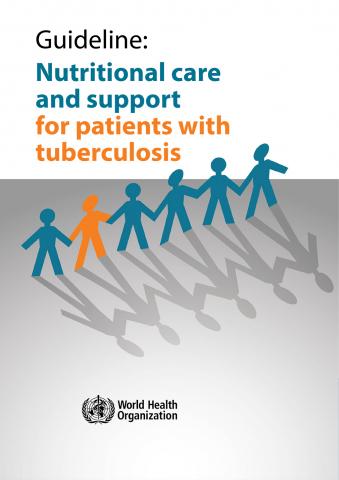1.3 Testing for TBI
Testing for TBI increases the certainty that individuals targeted for TPT will benefit better from it. There is, however, no gold standard test for diagnosing TBI. All the currently available tests – TST, IGRA and TBST – are indirect and require a competent immune response for a valid result. A positive test result by any one method is not by itself a reliable indicator of the risk of progression to TB disease. The evidence and the recommendations for TBI testing are discussed in this section.

 Feedback
Feedback